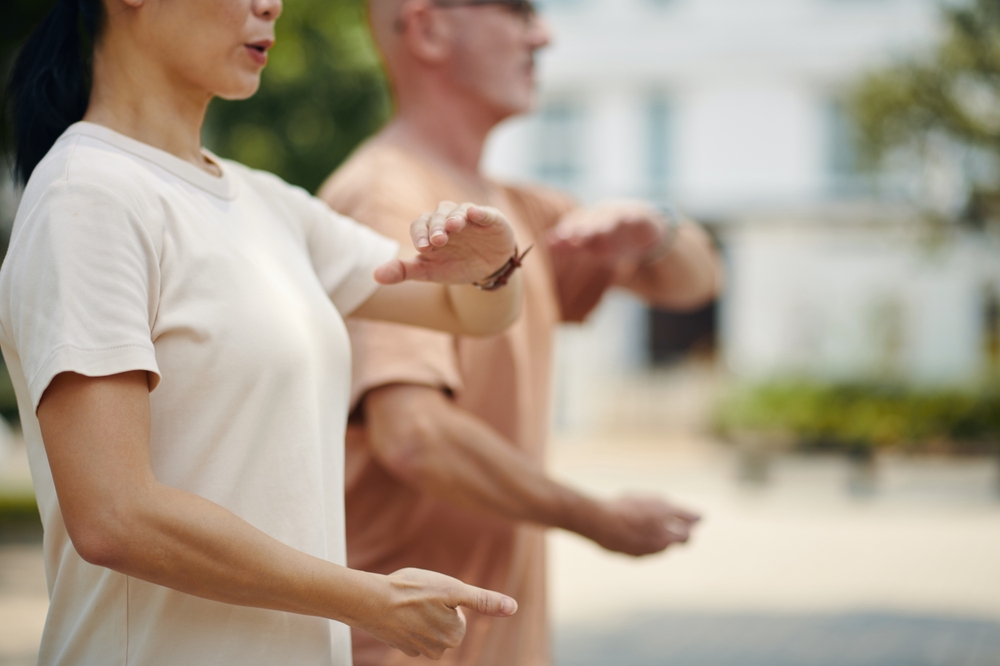Staying Active: Parkinson’s Friendly Exercises
Maintaining physical activity is important for individuals with Parkinson’s. Discover exercise routines designed to improve mobility, balance, and strength, all tailored to support wellbeing. Learn how safe, guided movements can enhance daily life and promote independence.

What types of exercises are beneficial for Parkinson’s patients?
People with Parkinson’s disease can benefit from a diverse range of exercises. Aerobic activities, strength training, flexibility exercises, and balance work are all important components of a well-rounded fitness routine. Aerobic exercises, such as walking, swimming, or cycling, help improve cardiovascular health and endurance. Strength training exercises using resistance bands or light weights can help maintain muscle mass and bone density. Flexibility exercises, including stretching and yoga, can improve range of motion and reduce stiffness. Balance training is particularly important for Parkinson’s patients to reduce the risk of falls and improve coordination.
How can mobility exercises help manage Parkinson’s symptoms?
Mobility exercises are essential for individuals with Parkinson’s to maintain their ability to perform daily activities. These exercises focus on improving range of motion, reducing rigidity, and enhancing overall movement. Examples include shoulder rolls, arm circles, leg swings, and ankle rotations. Practicing these exercises regularly can help combat the stiffness and rigidity often associated with Parkinson’s disease. Additionally, mobility exercises can improve posture and reduce the risk of muscle contractures, which can occur when joints become fixed in certain positions due to lack of movement.
What are some effective balance training exercises for Parkinson’s?
Balance training is crucial for individuals with Parkinson’s to reduce the risk of falls and improve overall stability. Simple exercises like standing on one foot, heel-to-toe walking, and gentle side-to-side weight shifts can be highly effective. As balance improves, more challenging exercises can be introduced, such as standing on an unstable surface like a foam pad or using a balance board. Tai Chi has also been shown to be particularly beneficial for improving balance and reducing falls in Parkinson’s patients. It’s important to start slowly and progress gradually, always ensuring safety by having support nearby or working with a trained professional.
How can Parkinson’s patients incorporate physical activity into their daily routine?
Incorporating physical activity into daily life is key for managing Parkinson’s symptoms. Simple strategies can make a significant difference. For example, taking regular walks throughout the day, performing seated exercises during TV commercial breaks, or doing stretches while waiting in line. Using a stationary bike or treadmill at home can provide convenient options for aerobic exercise. Dancing to music not only provides physical benefits but can also be enjoyable and mood-boosting. It’s important to find activities that are enjoyable and sustainable, as consistency is crucial for long-term benefits.
What precautions should be taken when exercising with Parkinson’s?
While exercise is beneficial, it’s important to take certain precautions. Always consult with a healthcare provider or physical therapist before starting a new exercise program. They can provide personalized advice based on individual symptoms and overall health. Start slowly and gradually increase intensity and duration. Pay attention to fatigue levels and take breaks as needed. Ensure a safe exercise environment by removing tripping hazards and having sturdy support nearby. Hydration is crucial, so drink plenty of water before, during, and after exercise. If experiencing any pain, dizziness, or shortness of breath, stop the activity and seek medical advice.
What are some recommended exercise programs for Parkinson’s patients?
Several exercise programs have been developed specifically for individuals with Parkinson’s disease. These programs are designed to address the unique challenges faced by Parkinson’s patients while providing a structured and safe approach to physical activity.
| Program Name | Focus Areas | Key Benefits |
|---|---|---|
| LSVT BIG | Amplitude of movement | Improves speed, balance, and quality of life |
| PWR! Moves | Functional mobility | Enhances everyday movements and posture |
| Rock Steady Boxing | Boxing-inspired fitness | Improves strength, balance, and cognitive function |
| Dance for PD | Dance and movement | Enhances flexibility, coordination, and social interaction |
| Tai Chi for Parkinson’s | Balance and mindfulness | Improves balance, reduces falls, and promotes relaxation |
These programs offer structured approaches to exercise tailored specifically for Parkinson’s patients. They are typically led by trained instructors who understand the unique needs and challenges of individuals with Parkinson’s disease. Participating in these programs can provide not only physical benefits but also opportunities for social interaction and support from others facing similar challenges.
In conclusion, staying active is a vital component of managing Parkinson’s disease. By incorporating a variety of exercises that focus on mobility, balance, strength, and flexibility, individuals with Parkinson’s can improve their symptoms, maintain independence, and enhance their overall quality of life. Whether through structured programs or daily activities, consistent physical activity can make a significant difference in living well with Parkinson’s disease.
This article is for informational purposes only and should not be considered medical advice. Please consult a qualified healthcare professional for personalized guidance and treatment.




